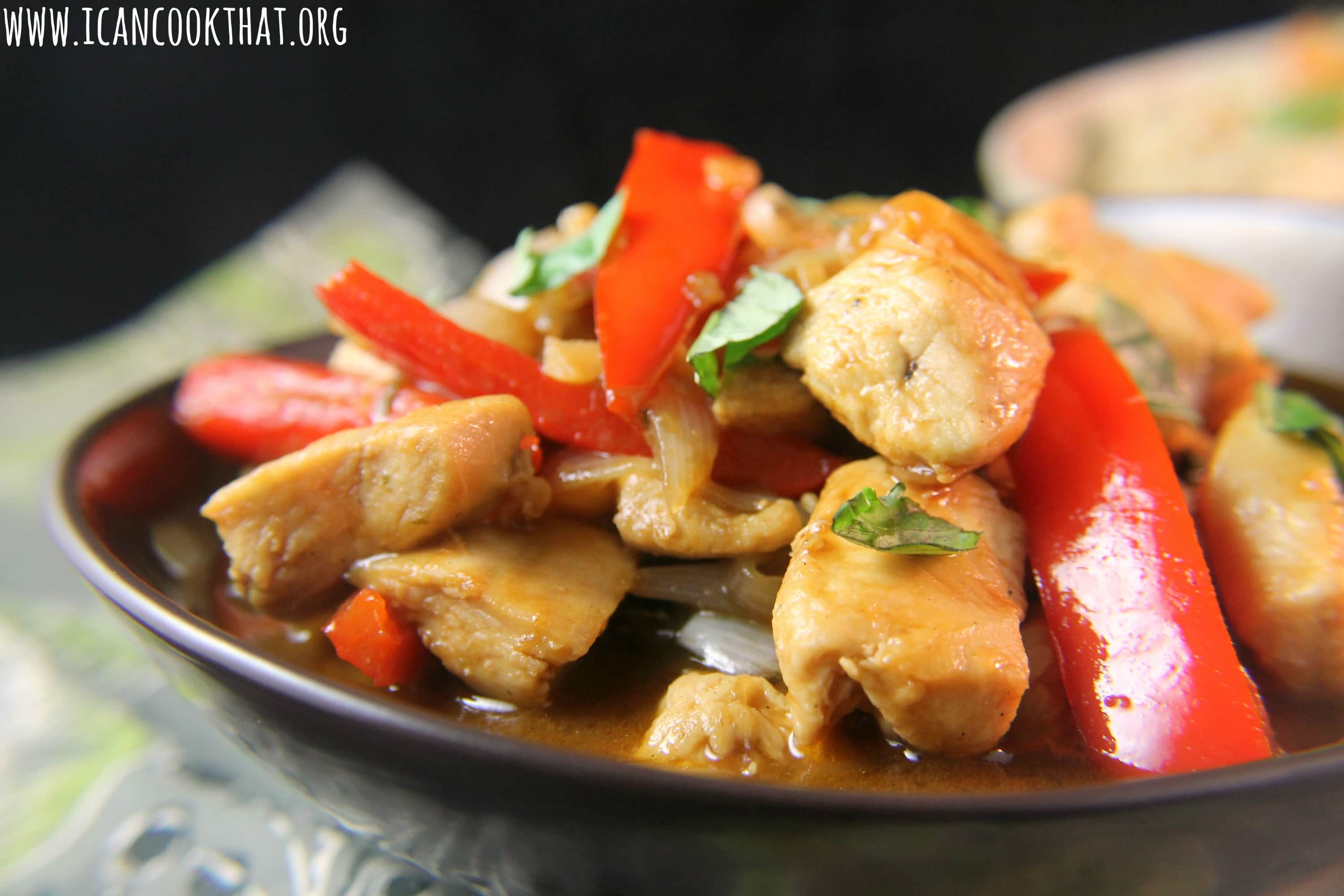Tuesday I received one of my most anticipated ingredients (aside from tomatoes, can’t wait!!) from my CSA share: Fuyo Shumi, or Baby Bok Choy. I am absolutely in love with this vegetable. It’s just a mini version of bok choy which has a cabbage flavor and is very popular in Asian cooking. I personally am not a fan of cabbage (sorry to my Irish roots), but love the subtle taste and crunchy texture of these little guys. I’m always looking for new methods to cook salmon so this recipe from Cooking Light was the perfect opportunity. This recipe slow cooks the salmon to keep it really moist. Keep in mind you’ll need a good 30-40 minutes to make this dish.
Ingredients:
Salmon:
8 (6-ounce) salmon fillets
1/2 teaspoon salt
1/2 teaspoon freshly ground black pepper
Cooking spray
Rice:
2 cups uncooked basmati rice
1 1/2 cups light coconut milk
1 1/2 cups water
1/4 teaspoon salt
Bok choy:
2 teaspoons canola oil
16 cups bok choy, trimmed and cut into 1 1/2-inch pieces (about 4 pounds)
1 tablespoon minced peeled fresh ginger
1/2 cup sake (rice wine)
1/4 teaspoon salt
Sauce:
1/3 cup fresh lime juice
1/4 cup seasoned rice vinegar
3 tablespoons brown sugar
2 tablespoons Thai fish sauce
1/2 teaspoon red curry paste (such as Thai Kitchen)
Preheat the oven to 250 degrees. Season the salmon with salt and pepper. Place the salmon on a baking sheet coated with cooking spray, skin side down.
Bake for 30 minutes or until the fish flakes easily. Cut off all the drippings.
While the salmon is cooking, rinse the rice in cold water and drain. Combine the rice, coconut milk, 1.5 cups water and ¼ teaspoon salt in a sauté pan. Bring to a boil over high heat and stir. Cover, reduce heat, and simmer for 20 minutes or until liquid is absorbed. Remove from heat and let stand for 10 minutes.
Cut the baby bok choy pieces in half
While the rice is standing, heat the canola oil in a large sauté pan over medium-high heat. Add the bok choy and ginger and sauté for 1 minute.
Add the sake and ¼ teaspoon salt, cover, and cook for 2 minutes until the bok choy wilts. Remove from heat and keep warm.
Add the lime juice, rice vinegar, cilantro, brown sugar, fish sauce, and red curry paste to a bowl. Whisk to combine.
Serve over the salmon, rice, and bok choy.
Um. Yum. What an awesome dinner! The flavors go so well together. The sauce has a little tanginess that I really liked with all of the parts of this dish, but especially the rice. The salmon, because it was cooked at a low temperature, came out really moist. And the baby bok choy was crunchy, wilty, and flavorful all at the same time.
This will definitely become a staple meal for me!
